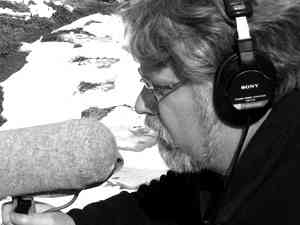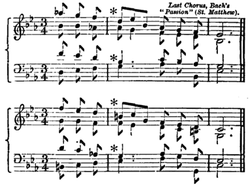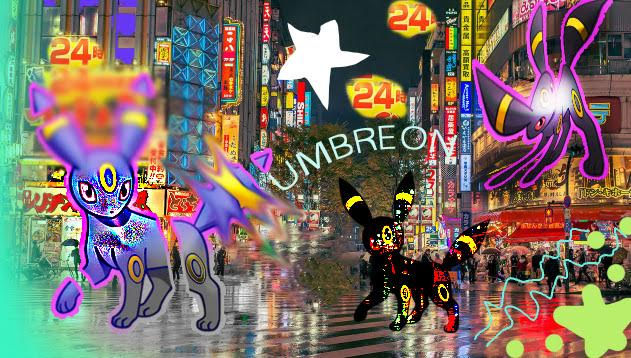nature, sound art and the sacred - reading
- dear9045
- Oct 5, 2020
- 2 min read
image from NPR.org
In his writing, David Dunn breaks down the complexity behind the meaning of sound in an environmental context and the way we as humans use this to connect to a deeper intrinsic meaning. In his initial arguments, Dunn makes a striking point on what music means, saying “[it] might be our way of mapping reality through metaphors of sound”. In other words,
music could be considered the “thought process” of sound, just how visual understanding of things comes from written text or pictures. He also discusses the dampening of music as an art form due to the entertainment industry, noting that “art requires discipline to engage but leaves one richer in the end”, as per Gregory Bateson.
The topic of John Cage and his work is one of the most interesting in Dunn’s essay and in the music world itself. Cage managed to revolutionize and reconstruct the definition of music by taking sounds from any setting and breaking the set tradition of pitch and harmony. He made his compositions and called them music, and so they were music. Dunn reflected on this and confirmed
how Cage’s reconstruction of sounds as music could be seen as “an aesthetic phenomena, opportunities for a deepened awareness of the world”. The discussion leads into the idea of music as a language consisting of vibrations that serve as a connection or as a fabric for the mind of the world around us. The world consists of living things that are so
interconnected with one another that there is no distinguishing where one stops relating to another, and this “everywhereness” of things is similar to how Dunn experiences the meaning of music.
Towards the end of the essay, Dunn outlines his experience with sound projects from Zimbabwe to the Mississippi river basins. After working to assemble sounds for an aquarium’s “ocean scene” soundtrack, he notes how this was sort of a fantasization of a setting that does not really exist. This is almost as if Dunn were a “sound painter” trying to recreate a place with samples from reality. He closes with the notion of language among the animal kingdoms, and how “thinking does not require a language”, and neither do animals need one to be self-aware.
Reference: Dunn, David. Nature, Sound Art and the Sacred.










Comments